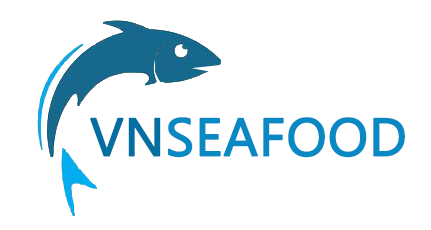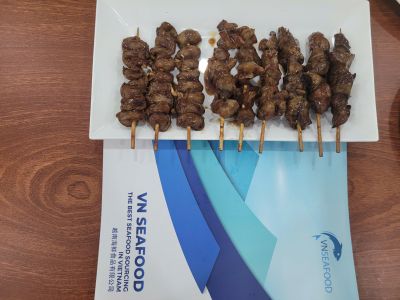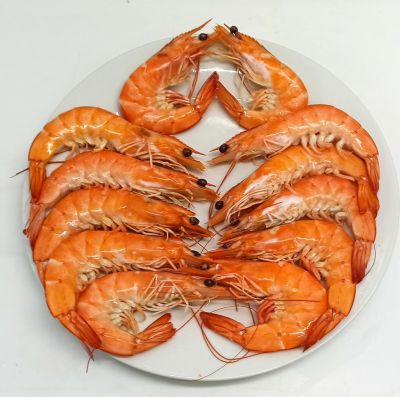VIETNAM SHRIMP INDUSTRY ACCELERATES TOWARD $4 BILLION TARGET
Vietnam's shrimp industry, a cornerstone of the country's seafood export sector, is forging ahead despite facing a multitude of challenges in 2024. The industry has been hit hard by extreme weather events, including heatwaves in the Central region, droughts in the Central Highlands, saline intrusion in the South, and storms and floods in the North. These adverse climatic conditions have severely impacted shrimp farming, reducing productivity in several regions.
In addition to weather-related challenges, the industry is grappling with shrimp diseases, rising production costs, and intensified competition from leading exporters such as Ecuador and India, who have leveraged their advanced farming techniques and lower production costs to increase their market share.
Despite these obstacles, there are notable successes in provinces like Ca Mau, which is a leading shrimp-producing region. In 2024, Ca Mau’s shrimp production reached 200,000 tons, reflecting a 2% year-on-year increase. Moreover, the province achieved an export turnover close to $1 billion, a 12% rise compared to the previous year, showcasing the resilience of Vietnamese shrimp farmers and exporters. However, the persistent issue of low shrimp prices has significantly reduced profit margins, underscoring the critical need for cost-cutting measures to enhance competitiveness.
Meanwhile, Bac Lieu, another key shrimp-producing region, is confronting environmental challenges caused by the rapid expansion of super-intensive shrimp farming systems. The lack of adequate wastewater treatment technologies has raised concerns about the sustainability of shrimp farming practices in the region. Authorities are actively seeking to address these issues by promoting better farming infrastructure and environmental management systems.
Looking forward, global shrimp production is anticipated to rise by late 2024, which could create new opportunities for Vietnam. If the United States imposes higher anti-dumping tariffs on competing exporters such as Ecuador, India, and Indonesia, Vietnam could gain a stronger foothold in the lucrative U.S. market.
To achieve the ambitious $4 billion export target, the Vietnamese shrimp industry is taking bold steps to secure its position in the global market. Key initiatives include:
- Promoting sustainable farming models to improve long-term viability.
- Encouraging the adoption of biosafety practices to reduce disease risks.
- Investing in infrastructure improvements, including enhanced wastewater management systems, to mitigate environmental challenges.
- Supporting farmers in reducing production costs while maintaining quality to remain competitive in price-sensitive markets.
With 90% of Vietnam’s shrimp output destined for export, maintaining international market access is critical. The government, industry stakeholders, and exporters like VNSEAFOOD are working collaboratively to overcome challenges and capitalize on emerging opportunities.
As one of Vietnam's leading seafood exporters, VNSEAFOOD remains committed to supporting the industry’s sustainable growth by promoting best practices and helping farmers and processors adapt to changing market demands. With focused efforts and strategic investments, the industry is poised to achieve its $4 billion export goal, reaffirming Vietnam's position as a global leader in shrimp production.
For the latest industry updates and insights, stay connected with VNSEAFOOD!





